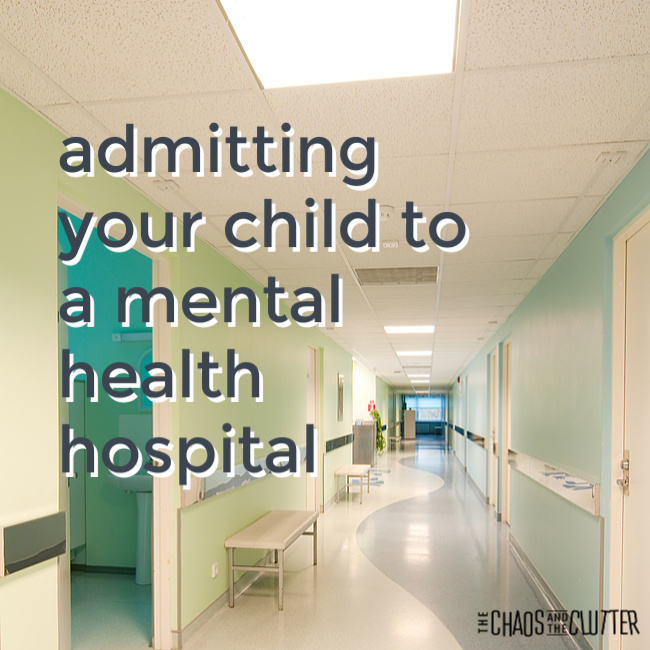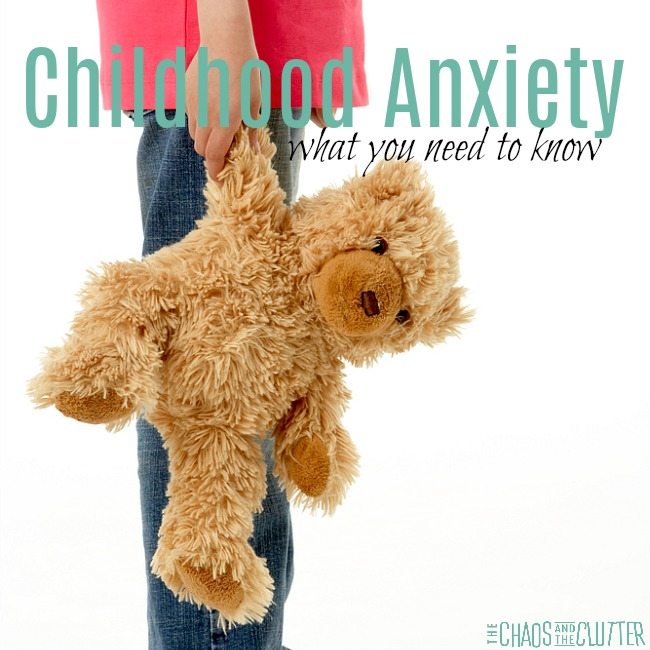Giving kids a vocabulary rich in emotion words is one of the best things you can do as a parent. This is particularly true if you are parenting kids who have experienced trauma, have anxiety or are on the autism spectrum. This Feelings Jenga Game is perfect for helping kids talk about their emotions and experiences, building their vocabulary of emotion words and improve their communication skills.
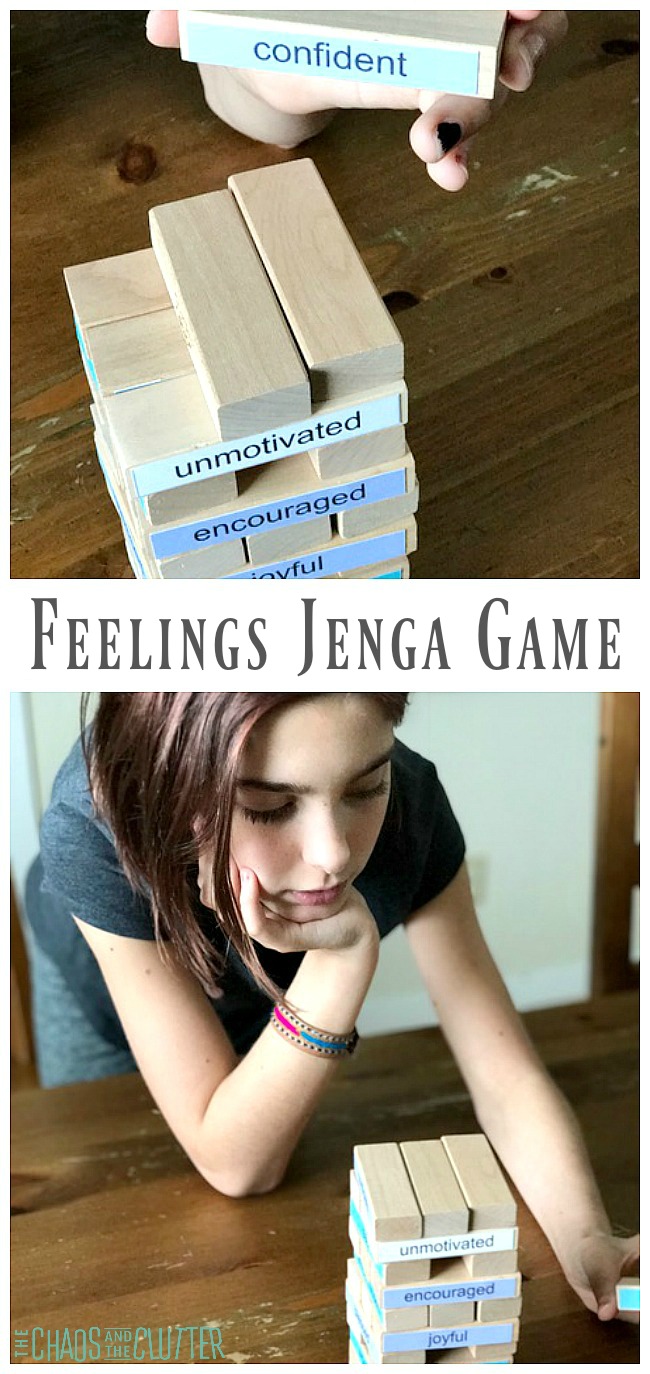
Feelings Games
I love finding ways to make teaching feelings fun. Presenting a therapeutic activity as a game is a great way to help your child feel relaxed. Being relaxed is an important element to learning.
It means your child can access all of their brain instead of being in their “lizard brain” which happens when they are feeling under stress or for any other reason are in fight, flight or freeze mode.
Therapy Jenga
One of my daughters played a version of this Jenga game in therapy. I knew we could easily make our own Jenga game to play at home too. We have since invented different versions of it.
Some of my kids have an easier time talking about their feelings and past experiences than others, so I have found ways to adapt it accordingly. The key is to make sure they feel comfortable and relaxed. This will ensure that any learning is effective. It will also make it more enjoyable for everyone.
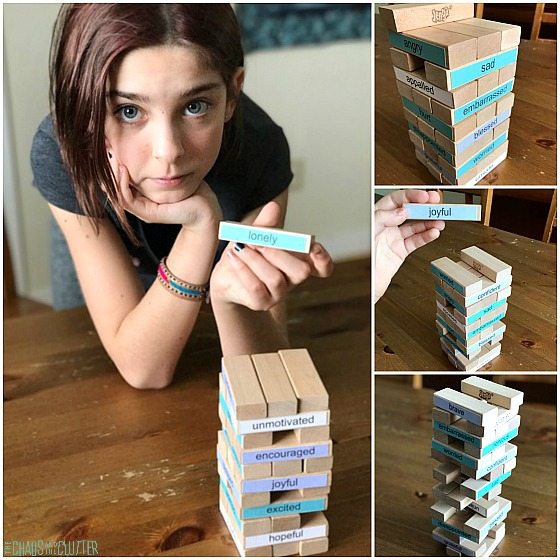
How To Make A Feelings Jenga Game:
Things To Write On Jenga Blocks
To create this Feelings Jenga Game, you will need a Jenga game. You can use a permanent marker to write feeling words on the side of the wood blocks in the game or I have created printable feeling words that can be cut out and attached to the Jenga blocks with double-sided tape or glue.
In the printables, I have also left some blank so that you can add in any other feelings words that you would like to specifically focus on.
Click on the link to download and print >>> Jenga Feeling Words
How to Play Feelings Jenga:
Once the blocks have feeling words on them, set them up as you would in a regular Jenga game. There are two variations to the set up. You can face the words in so that you can’t see them or you can face the words out so that most of them will be visible during the game. For kids who are particularly apprehensive of not being able to see the words on the inside, you can have them do the set-up so that they know what even the few hidden words are.
First Way To Play Jenga
One way to play this Jenga game is to describe the feeling word that you pull out before placing it on top. This is a nice introductory way to play and especially good for kids who don’t have a strong emotion word vocabulary.
Second Way To Play Jenga
Another way to play Feelings Jenga is to have the person who draws the block to describe a time or experience in their life when they felt that particular emotion. You can expand on this by having them explain how they felt and how they coped with that positive or negative feeling.
For kids who are just starting this game or who are less comfortable talking about their feelings, it will be less difficult if the words are visible because then they can choose to pull feeling words that are easier for them to talk about.
As they grow more comfortable with the Feelings Jenga game and with expressing their emotions, they may reach a point where they are comfortable pulling out blocks even when they can’t see what the word will be. Let them set the pace.
If you know that this particular child is too vulnerable to be able to discuss certain emotions, it may be best to not include those words in the game the first few times you play. Ease into things at their pace.
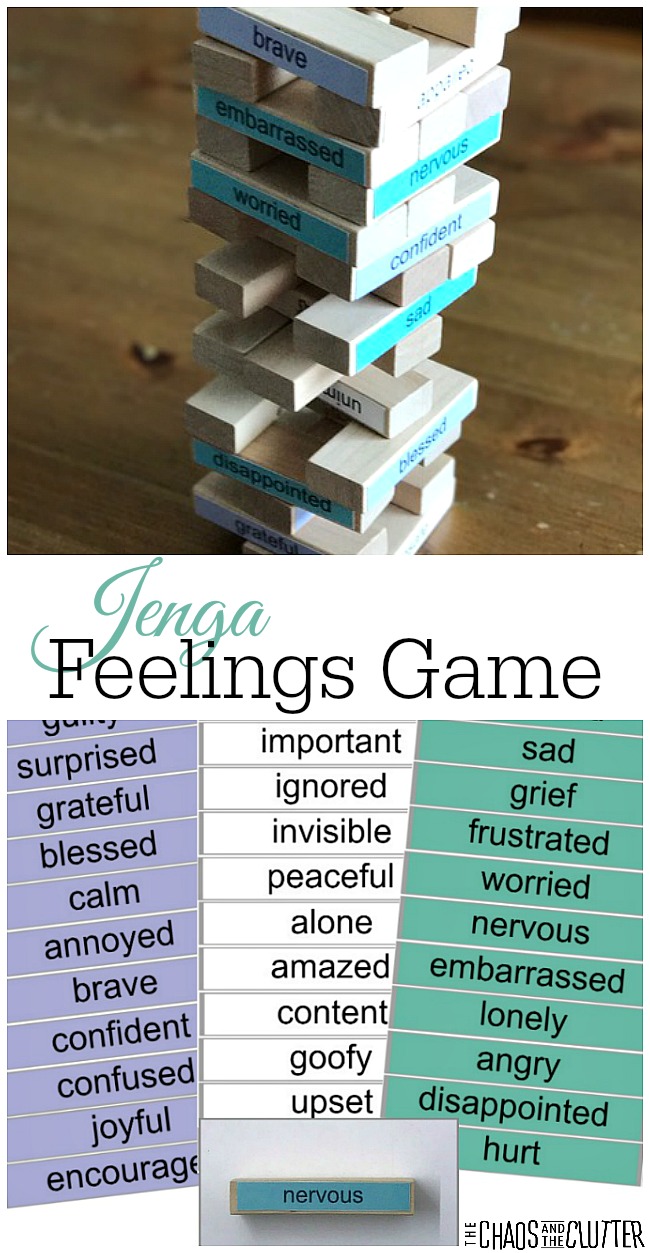
Feelings Jenga or Therapy Jenga allows children to express their experiences and feelings in a non-threatening way. Of course, modelling is another great thing about this game because it allows you to participate and model how to talk about feelings and talk about times in your own life when you have felt those emotions.
The child you are playing with may be able to relate to those experiences and have a “me too” moment, which can be very powerful.
This game is great for communication skills, lowering anxiety and normalizing talking about emotions and life experiences, both challenging and successful.
Looking for a way to help kids learn about and manage their emotions?
I’ve put together a complete emotional toolkit full of fun printable games and activities for parents and teachers to teach kids about their feelings and how to manage them.
Click on the link>>> Teaching Emotions Toolkit
Subscribe for your free printable Jenga feelings words and you’ll also be signed up for our free 5 day email series Little Hearts, Big Worries.

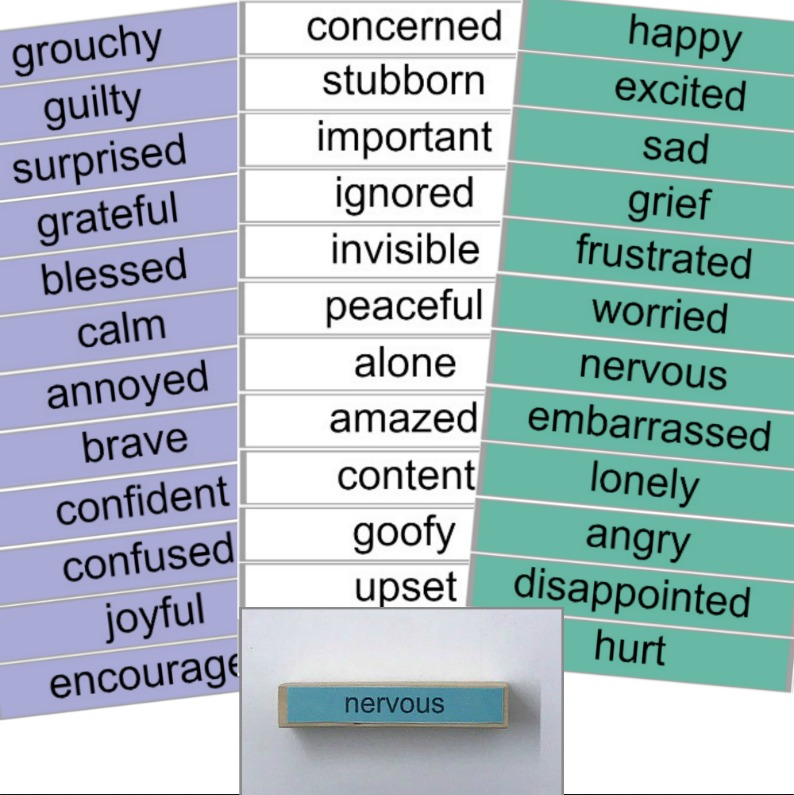



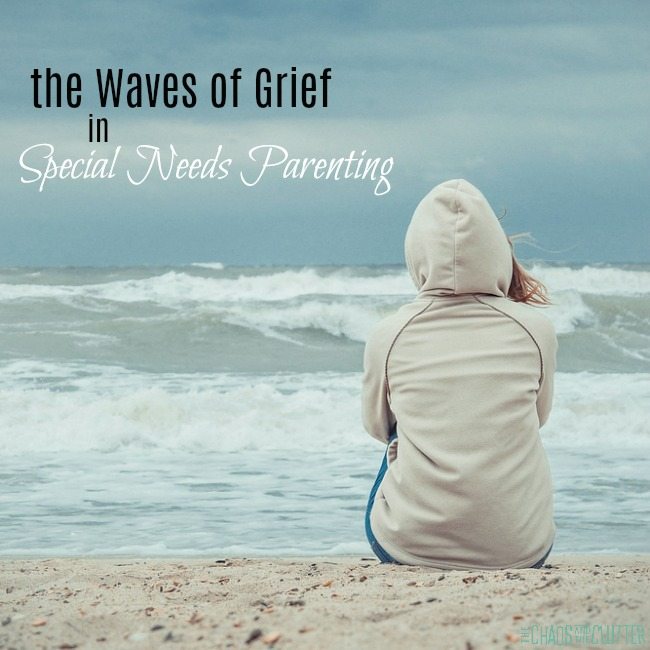
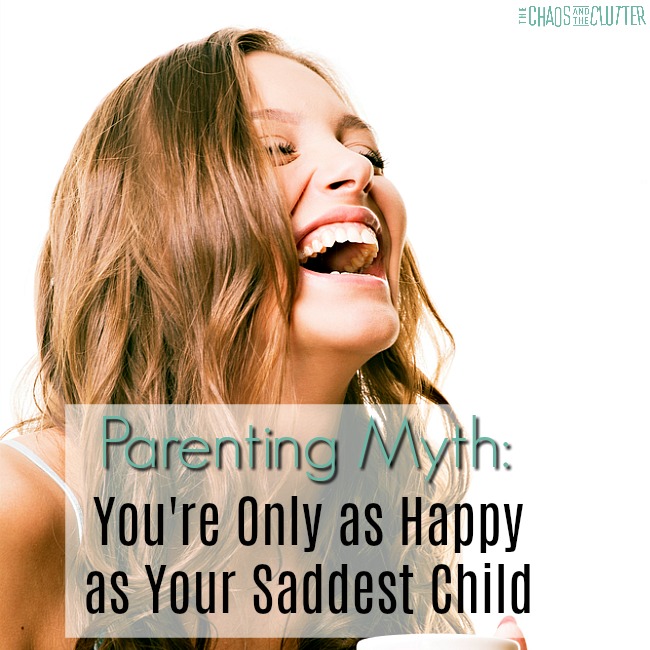


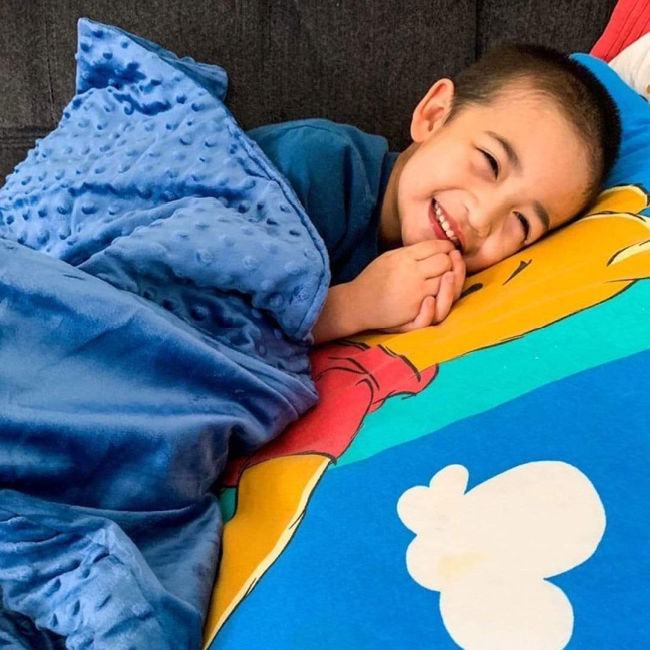
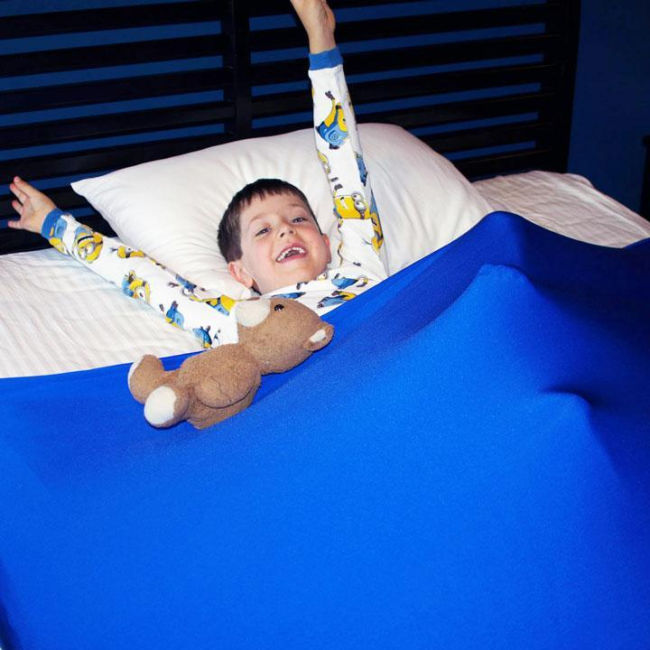 It’s a great alternative to a weighted blanket for those that don’t want the heavy weight or heat of a weighted blanket.
It’s a great alternative to a weighted blanket for those that don’t want the heavy weight or heat of a weighted blanket. Weighted neck wraps can be particularly beneficial for those with sensory processing disorder, autism, or ADHD. They can help reduce excessive movement and provide more focus and calming.
Weighted neck wraps can be particularly beneficial for those with sensory processing disorder, autism, or ADHD. They can help reduce excessive movement and provide more focus and calming. 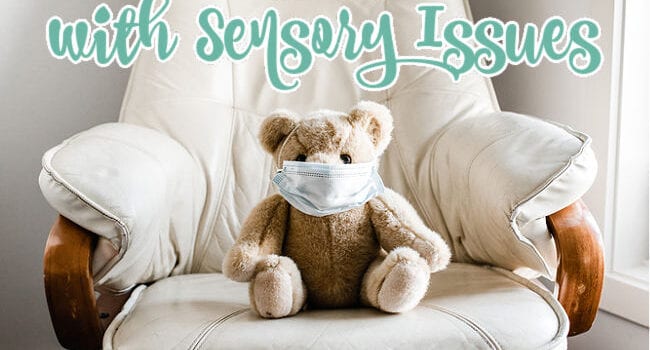
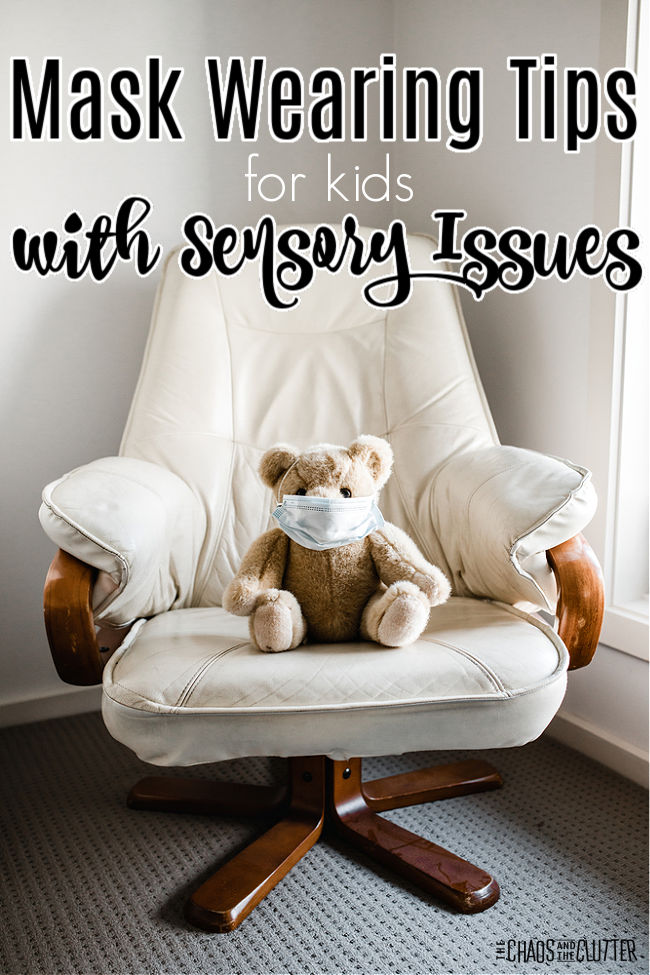 Important note: I know that there continues to be debate over mask wearing. Regardless of how you personally feel about masks, the fact remains that more and more regulations are being put in place requiring the use of masks. This article is not meant to debate the effectiveness of face masks or whether or not they should be mandated. It is meant to address the practicalities of having children wear masks, particularly children who struggle with sensory issues and may therefore find it more difficult.
Important note: I know that there continues to be debate over mask wearing. Regardless of how you personally feel about masks, the fact remains that more and more regulations are being put in place requiring the use of masks. This article is not meant to debate the effectiveness of face masks or whether or not they should be mandated. It is meant to address the practicalities of having children wear masks, particularly children who struggle with sensory issues and may therefore find it more difficult. 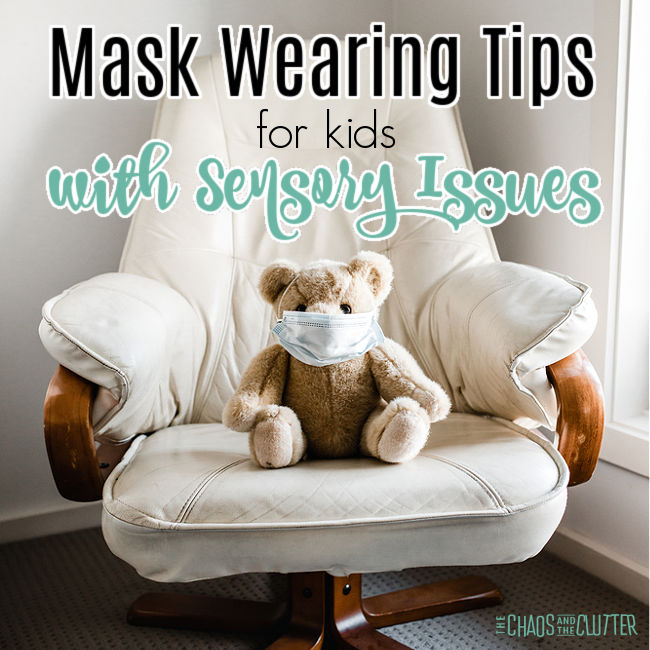
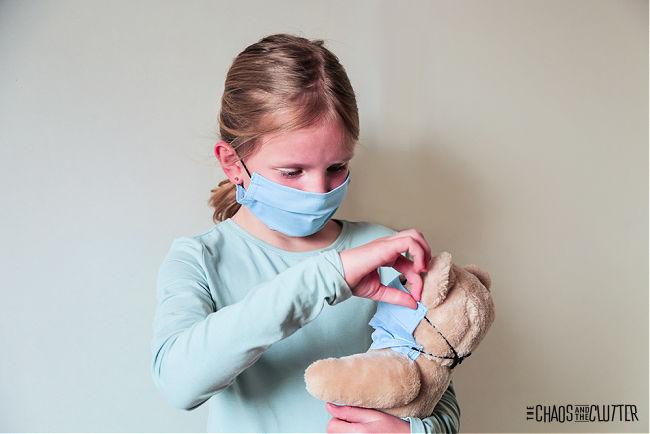
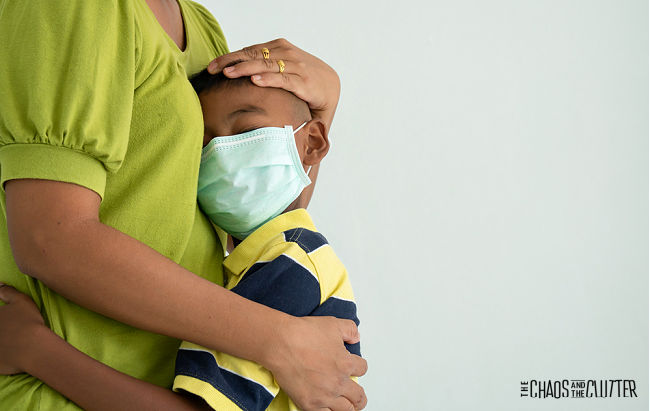


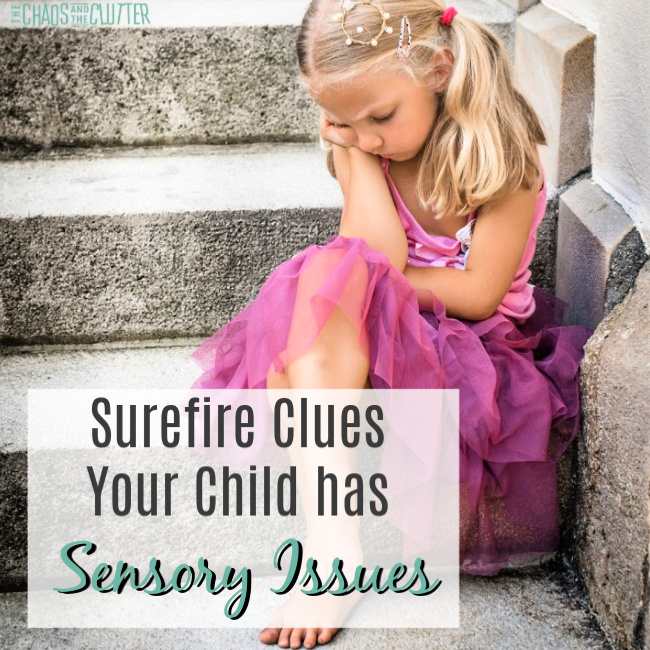


 Though I’ve found many excellent resources over the years that have taught me so much and helped me better help and advocate for my children, the thing I’ve found that is the best resource of all is actually parents of other children with special needs.
Though I’ve found many excellent resources over the years that have taught me so much and helped me better help and advocate for my children, the thing I’ve found that is the best resource of all is actually parents of other children with special needs.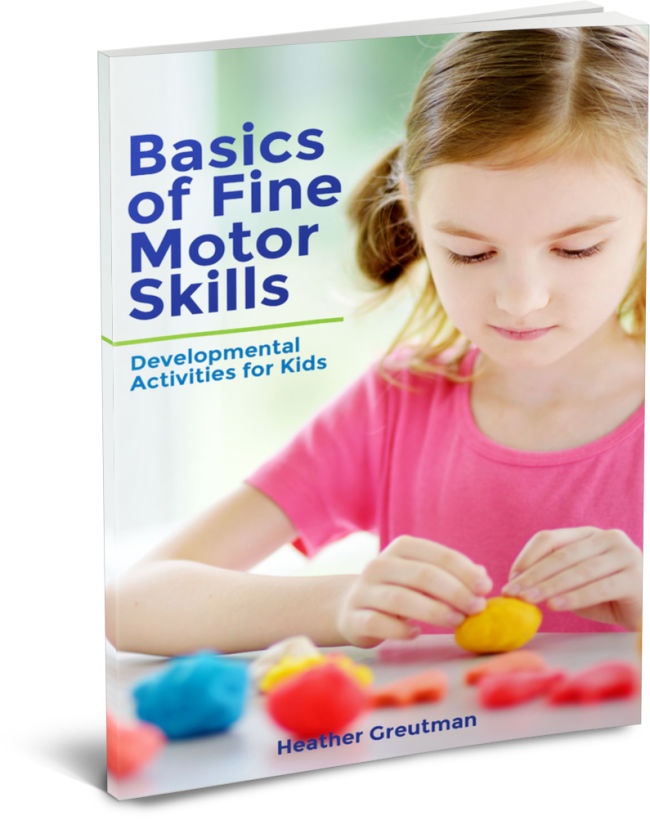



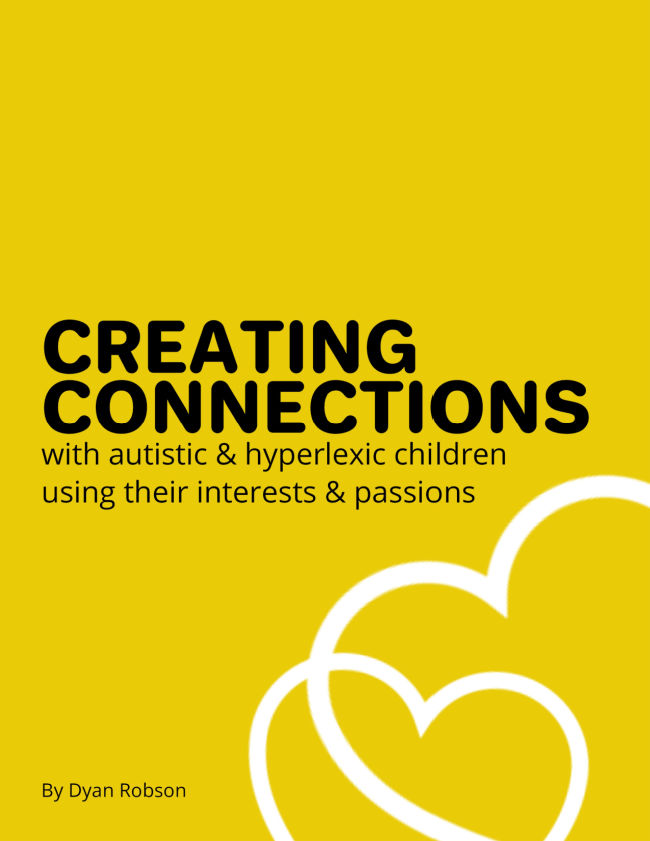
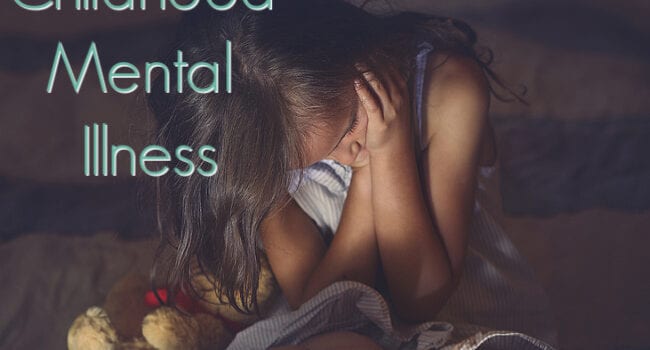
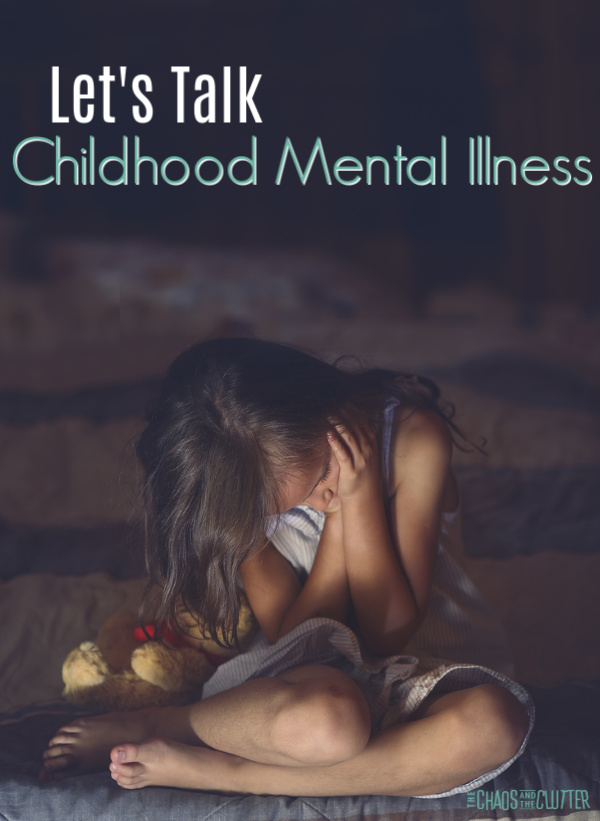
 Let’s talk about childhood mental illness and the effect it’s having on our society, our schools, our young people, and our homes. Just as we would share with friends and family if our child were suffering from a cold or the flu or had been diagnosed with a more serious physical disease such as asthma, we need to be sharing about how our kids are doing from a mental health perspective.
Let’s talk about childhood mental illness and the effect it’s having on our society, our schools, our young people, and our homes. Just as we would share with friends and family if our child were suffering from a cold or the flu or had been diagnosed with a more serious physical disease such as asthma, we need to be sharing about how our kids are doing from a mental health perspective.